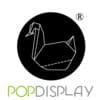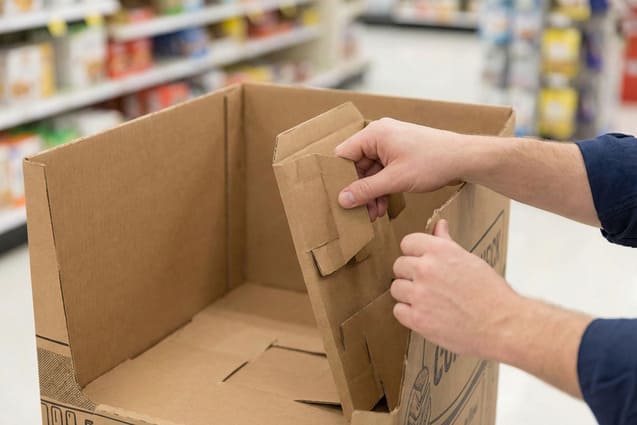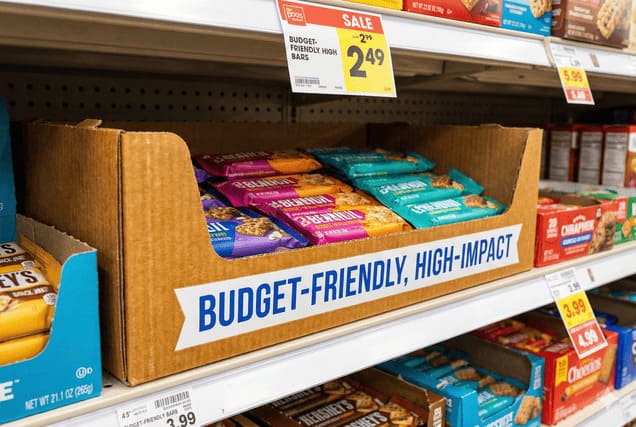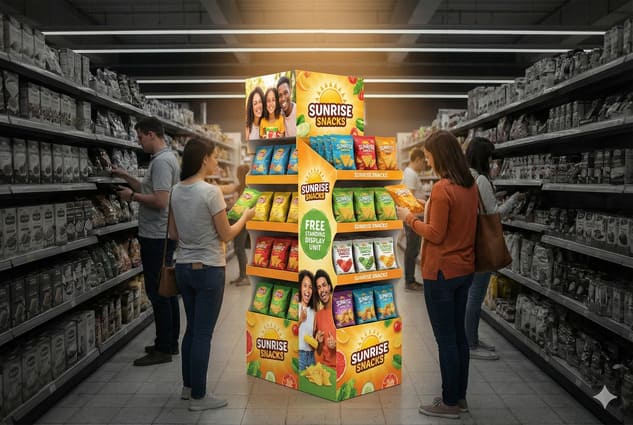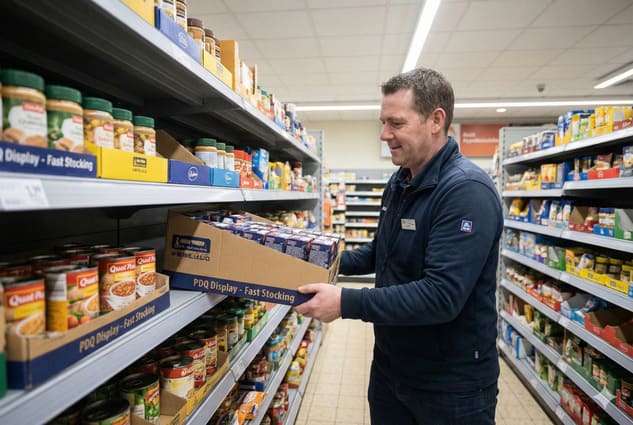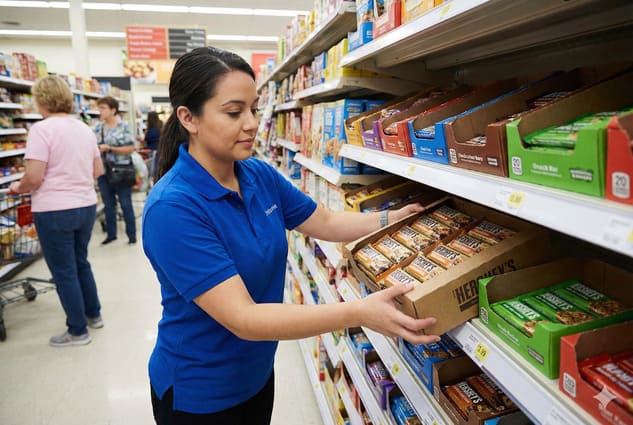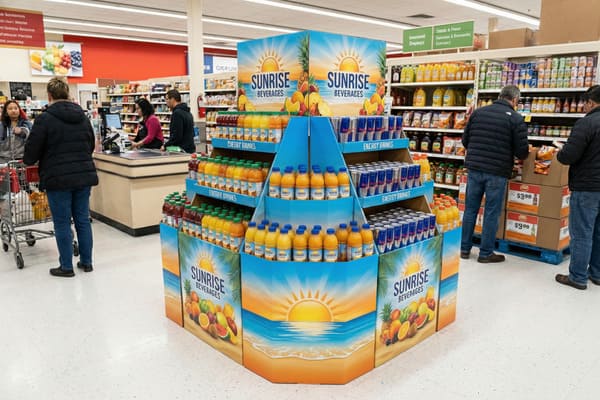
Nov
28
harvey@popdisplay.me
November 28, 2025
Can the floor pop display be customized to fit our brand’s design?
Are you worried that generic shelving makes your premium products look ordinary in retail stores? You need a display solution that mirrors your brand’s identity and captures customer attention immediately....
Read Full Article
12 min read
